By Ana Rosa Ibáñez | Images courtesy the artist
I got to know Santiago through his paintings. It was Berlin, June 2014. Through the Chilean community overflowing the german capital, I found myself in one of his exhibitions in a Kaffe/Galerie in Moabit. We would meet sooner or later; many of the chileans related to the cultural scene that inhabit or travel to Berlin end up meeting Santiago. Countless are the creators that have passed by “Kotti 6”, Santiago’s home for over six years and the operations center located in the mixed Kreuzberg. That night was my turn. He was showing a series of watercolors, scenes were animated figures (existing somewhere between surreal and childish) celebrated life in deranged behaviors.
Just a month ago, I found myself in another one of his exhibitions, Reflexzonen der Füsse, but now in the space Mommsen 35 . This time, the exhibition was built by simple sketches lying on the floor of the space, and big carpets hanging from the walls. What an upside world, I thought. The objects were there transcending their original utility, acting only as loyal supports of the artist’s recent process, from which I write in these lines today.
The show begins with this long line of sketches and drawings, all of them illustrating feet. The almost obsessive analysis of the nerve endings of our bodies broken down to colors, to monochrome, to lines. Lifting our gaze from this creeping installation we are faced with the first (out of four) big format carpets, in which feet are no longer represented, rather Mac-Auliffe’s classic imagery. I was being again faced to this allegorical and fantastic kingdom, were the excess of color gives life to these characters, archetypes of his own existence. Although a re-visit in its content, Reflexzonen der Füsse comes to be a radical turn from the pictorial practice of the artist.
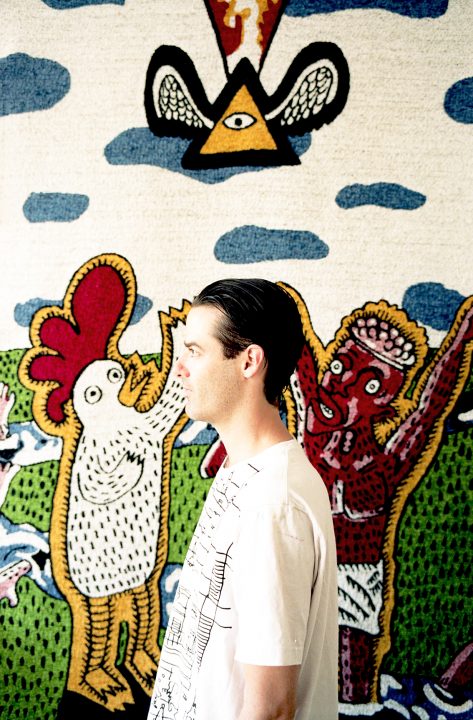
“They are some sort of companions that travel with me and help me narrate my own story; they have always been with me and they will continue to do so. That said, today I am feeling the urge of experimenting with other elements. I have chosen not to stay in a fixed style, but also to interact with other languages and achieving some sort of exorcism of the soul, in which experimentation functions as a mirror, in a pictorial and spiritual level. In these last years, I have gone through extreme changes; I’ve passed from a vertiginous world of allegories and excess to a deeper understanding of life. In this crossing is where the most radical change happens: the scene changed. All of the sudden, the psychedelic world were my characters used to live, became daily, real.”
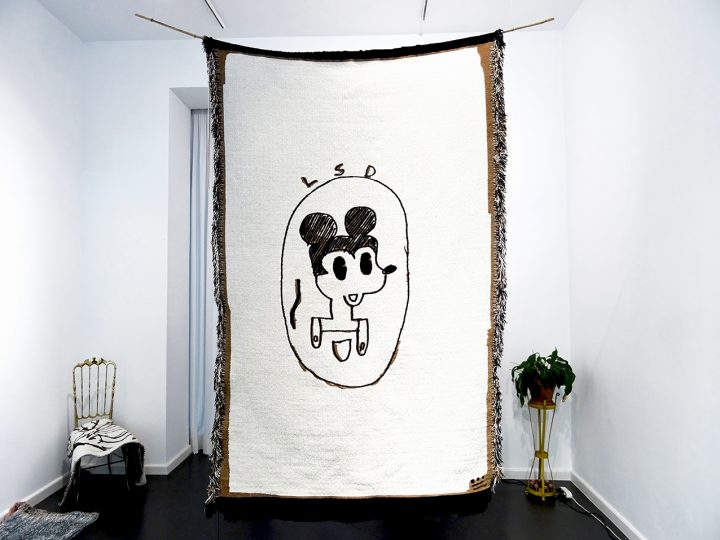
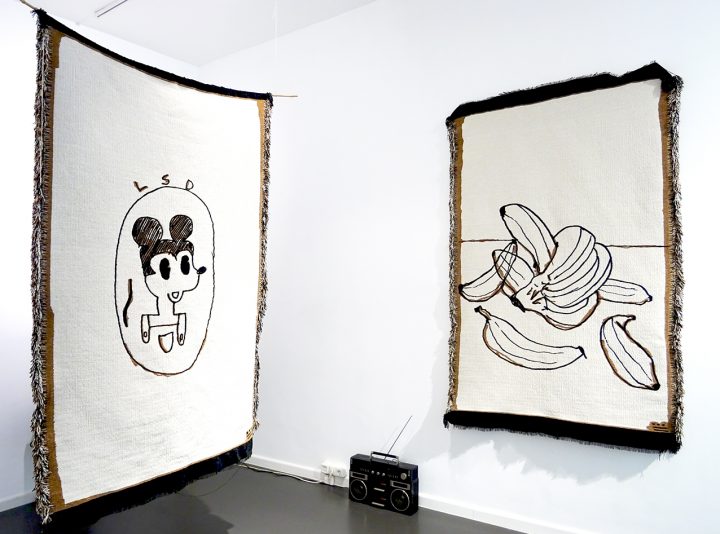
Through the frenetic sketching of his own existence, the artist transcends from the conceptual representation of “what?” towards the inexhaustible process of “why” . Foot reflexology reflects the intense work on the totality of the body, the mind and the spirit. Working from that extreme, we are able to enter the rest of the system. The contact with the feet –therefore the jump from the sketch to the carpet– evidences the necessity of starting inside to be able to come out; starting at home.
“This sense of a strange and incomplete commonality with the out-side may induce vital materialists to treat nonhumans –animals, plants, earth, even artifact sand commodities– more carefully, more strategically, more ecologically.”[1]
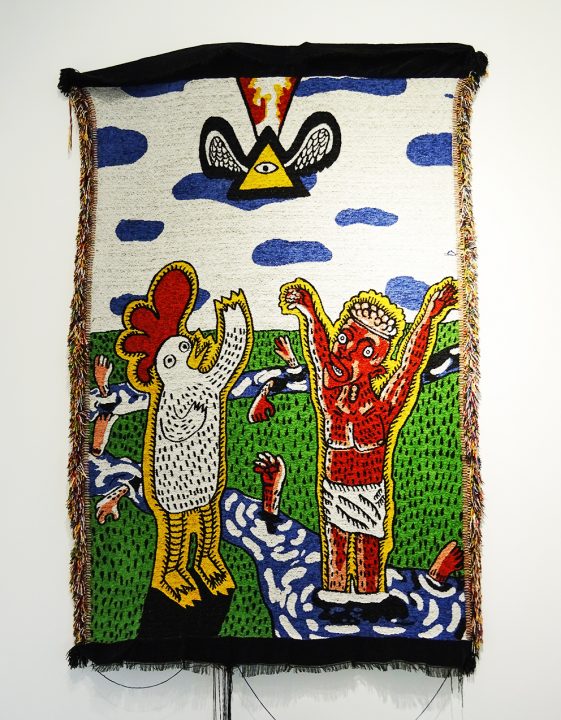
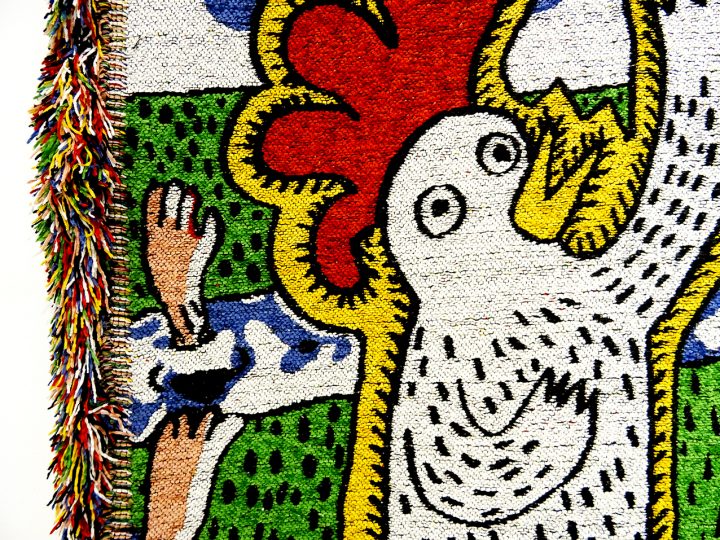
It is the display of the objects in the show, as much as the description of the process narrated by the artist what took me to reflect upon the vibrancy of the objects, life hidden in inert matters, and finally found some sort of clarity in the current of vital materialism and how the philosopher Theodor Adorno refers to it through the concept of Non-Identity of the objects. We are presented with things as phenomenons, from which we will never get to know the true essence that located further beyond from whatever use we award them. We are not able to identify how we are constantly affected by our own environment. This process will always escape our rationality, and in that area of non-understanding, we have no choice but to believe (or accept) in the invisible vibration of things. Our own pedagogy and understanding of life is essentially crossed by an utopian imagination. We must be able to re-create what has been obscured by the distortion of our own existence, by the repeating conceptualizations that we face in our constructed societies
By the use of carpets –and their decontextualization– Santiago decides to work with this invisible. The “Non-Identity” of things brings to light denied possibilities, exercising non-realistic imagination, accepting and accentuating the mysteries that truly shape our interpretation of reality, allowing them to affects with their true and full strength; our naïvety and daily lives as triggers of our constant transformation. (Adorno, 1973)
Textiles are maybe one of the most loyal representations of a home and the everyday. They are a source of warmth, comfort and shelter. Already when we are kids obsessing with our blankets do we have the fist understanding of the power of things. ¿Where does the dependency of threads come from? In many cultures, the techniques and aesthetic is transferred through generations, hiding the stories of our ancestors; and it is a well-known fact that in the native latin american cultures textiles are loaded with ancestral spiritual symbolism.
“Fabric represents a new support, a complex object that required a greater logistic. We got running (together with Noel Lamarch) a carpet industrial machine, from which there are only three in the whole of Germany. It’s only the first instance of this process, there is still a los of investigation to be carried out, in order to move further. The latin-american root is definitely something worth mentioning. South-American art and literature are very much enriched by fantastic and magical elements where unreality is part of the everyday, especially in marginal social stratums. My trips to Perú and my own Latin American provenance have made me be in contact with these elements from a very young age, impregnating me with warmth; warmth that has a great impact in country like Germany.
I wanted for the visitors of the exhibition to feel at home, welcomed. The space which we call home is filled with objects that function as mirrors, reflecting some space of our hearts and our minds. But home is also constructed by the people that inhabit it, who give a sense of belonging. A lot of life experience is required (the hood, friends, enemies, adventures and misadventures) in order to be a person that can build an inclusive home. Is the pieces that build our history, the ones that enable us to sympathize with our surroundings. I like to think that I am one of these persons. I have known how to build a home in berlin for me and many others.”
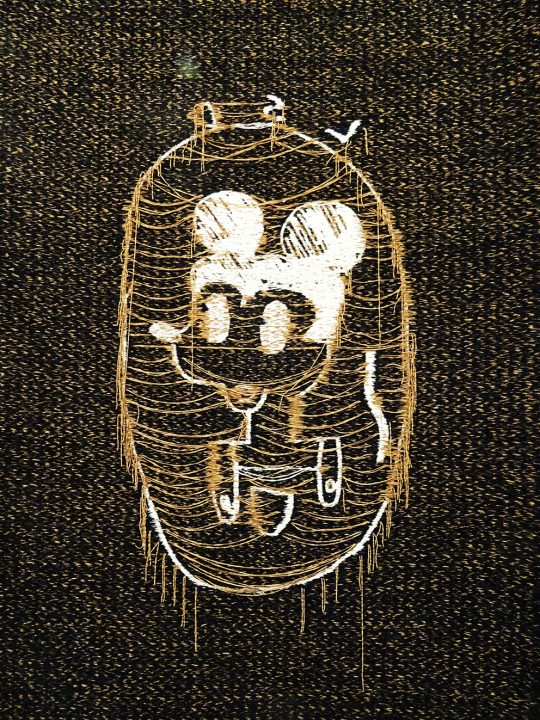
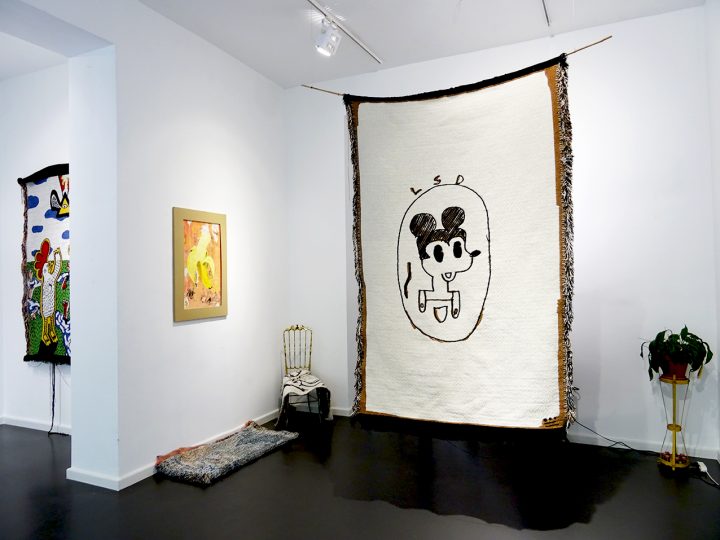
Continuing Santiago’s conception of the home as a transformative motor of society, we could think our personal space -the small actions that we carry out- as political, affecting the constitution of the meta-space we inhabit. Without mayor notice, the artist has been able to create a microclimate that impulses creativity, resistance towards predominant currents by his own hospitality, driven by the instinct of sharing, which has allowed the space to develop the utopian imagination of many; people, artists, including me. The same impulse of generating homes is being materialized today through the association with the artist and curator Manuela Morales in the art space Mario Kreuzberg, which already had its first cycle in the iconic buildings of Kottbusser Tor and re-opened in the same area in an old bicycle shop in Reichenbergerstraße on the 25 of august. Redefining the curatorial approach of the project, the team will focus now onwards on discussions on inhabiting, the neighborhood, migration, the street and the ongoing capitalization of Berlin, marginality and underground currents.
“The neighborhood is your ally, your own identity within the city. I was lucky when I arrived to Berlin, after two years searching I found what would be the main operation base, Kottbusser Damm 6, where I was able to receive a big amount of artists of the world, specially Chile, that were the fuel to create an immense invisible community of people of the underground: musicians, djs, revolutionaries, painters, poets, actors, artists, scientists, cultural managers, graffiti artists, dancers… a whole universe of people that fed the walls and rooms of that humble house. The interconnection generated between these people created in me an urgency to speak out, realizing that we ourselves define our own limits and that in order to achieve a social change, we must start at home, from within. today I am expanding my artistic persona, achieve a communion with art not only as a painter, but as an artist. I want to understand art as a constant dialogue with concepts, one that transcends only expression, affecting everything I do, and therefore in constant exchange with the politics of existing.”
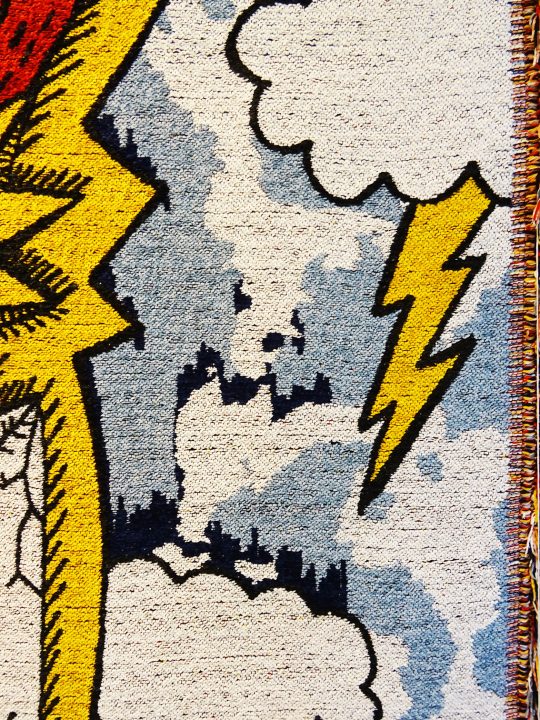
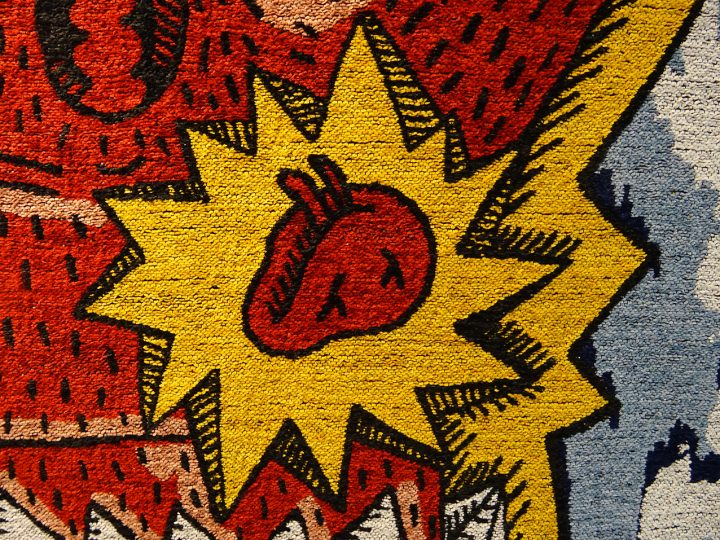
[1] Bennett, J. (2010). Vibrant Matter. 1st ed. North Carolina: Duke University Press, pp.15, 16.
Bibliography
Adorno, Theodor. Negative dialectics. Trans. E. B. Ashton. New york: Continuum, 1973.
Bennett, J. Vibrant matter. North Carolina: Duke University Press, 2010.

 Español
Español